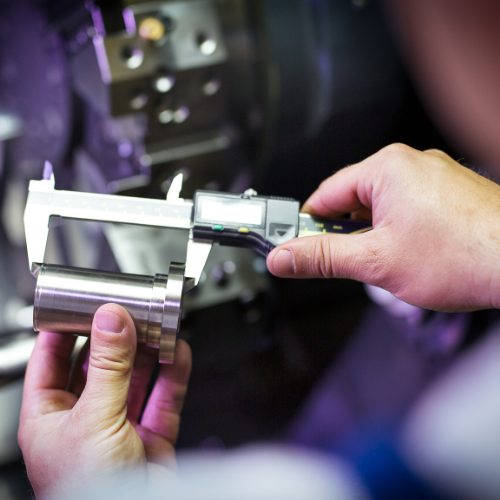Confirmation Bias in Your Shop
It’s not often that we quote ancient Greek playwrights, but this morning I’m thinking about Sophocles. One of the 3 greatest Greek tragedy writers...

You go to the morning meeting and you hear the stats. The team tells you everything’s on track. You see the board. You note the dials. They all look good. It looks like they’re right. Are they?
Let’s test the theory. If your job volume went up by 30% (congratulations if that’s the case), how many people would you need to hire? And in what roles? What about 15%? Or 10%? We’re looking for the magic number for which you could handle the increased work without increasing labor costs.
If you read Greg Crabtree’s Simple Numbers books (Simple Numbers, Straight Talk, Big Profits, and Simple Numbers 2.0 Rules for Scaling), he talks about the Labor Efficiency Ratio (LER). The LER is different for each business and while ours might be something between 4.5 and 6, yours might be more effective at 3.5. The catch with LER is not to compare yourself to others but to what you can do. It normalizes performance for what your team is capable of with the equipment, workflow, shop floor layout, materials, and tools you provide. Change a tool and it changes the number. Add more people, it should move both your cost and your LER.
Labor is your highest cost. It’s variable and it changes regularly as you hire people, lose people, and give people raises or bonuses. Every penny you pay them goes towards your labor costs, but does it add dollar for dollar to your productivity? That’s where LER comes in and that target that your team was referring to in the huddle.
Where LER tells you what you ought to be able to produce by labor category, most businesses just set a target of X% better than last year, quarter or cycle. But do you know that the work you’re doing today is “on target”? Better yet, what is the target?

The difference between the team telling you they’re doing “as well as” or “better than” a previous measured period is just a data point. It’s not necessarily good news. What you need to know is the average time it takes a person to complete the work you’re asking them to do. You can then track each person above or below the average or expected time. If you refine it even further, you can estimate the time based on the experience of the person doing the work.
This is the difference between an ERP and an MES when it comes to manufacturing performance. Your ERP is a finance system, and it can tell you everything you need or want to know about your finances. It can give you the financial performance of your sales team (sales), your production team (revenue), procurement team (COGS), and your HR team (labor). None of these are able to measure beyond the financial results.
When you are talking about people doing work, you must talk about efficiency. You can’t get there any other way. People show up each day and your culture drives them to be highly productive or less than highly productive. The tools and materials you provide them and the proper timing of those can also drive or reduce their ability to be efficient. Quite frankly, if your team spends any time at all wandering around looking for information or materials, their productivity is less than zero. If they could have produced 1 part for you in the 10 minutes it took them to look for the materials (and an additional 10 minutes stopping at the snack area and 10 more talking to someone in the aisle), you’re now down 3 parts and you either must pay overtime (you’re now down 1.5 times) to keep it “on track” or go with the lower volume.
Let’s pull that out a little bit further. When the team tells you that it’s performing on track, does that include one or more of those delays we just spoke about? The only way you’ll ever know is if you have a true Manufacturing Execution System (MES). We’ll talk more about this, but an MES embedded in an ERP is not true to what you need. It may have some of the functionality of a true MES, but it’s not meant to track the people in your production and reflect their efficiencies.
We want to help you actually get on track. We do that by giving you all the information you need to know, what that run rate is, how you’re doing against it, and what you can do to improve it given the tools, materials, machines, and people that you currently have.
If you feel like work is not on target and you cannot get the accurate information you need to determine why or how to correct it before deadlines are missed, then perhaps looking at a manufacturing software system is the right next step for you.
Ready to move forward faster? Engage with us to talk about increased shop floor visibility for complete production control from work instructions through shipping. We’re only an email away, info@cimx.com.
Contact CIMx Software to see how a Manufacturing Execution System can improve production control for you.

It’s not often that we quote ancient Greek playwrights, but this morning I’m thinking about Sophocles. One of the 3 greatest Greek tragedy writers...

1 min read
Standardized processes and machine automation are the driving forces behind modern manufacturing in the United States. These tools maintain order...

1 min read
Your discovery process–the questions you ask yourself to determine what you need–should start with a more important question: why do you need a...